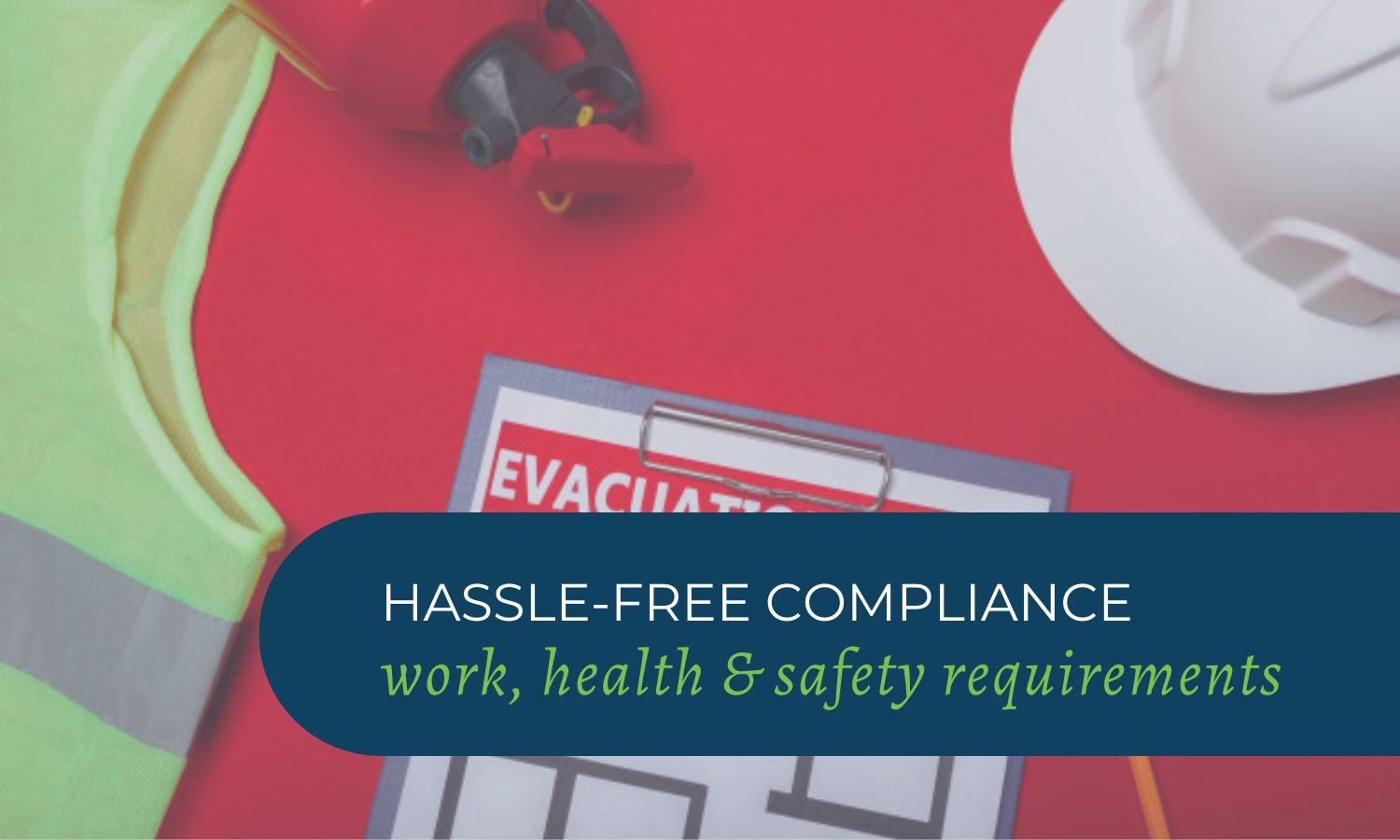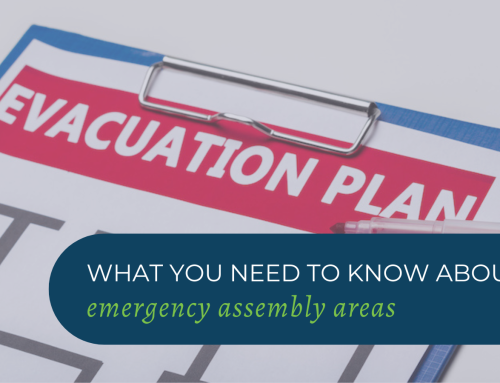If your business approaches compliance like most, it may be seen as simply ticking boxes to meet minimum requirements. This checklist mentality treats compliance as a one-off task rather than an essential part of workplace safety.
For example, conducting a fire drill after hours just to “tick the box” misses the opportunity to use it as a real test of your emergency procedures. Instead, integrating compliance into your overall safety and business continuity strategy ensures long-term protection and genuine preparedness.
In most cases, compliance mandates outline the requirements for planning for emergencies in facilities. To meet the requirements, the Australian Standards states the objective to enhance the safety of people in facilities, by providing a framework for emergency planning and utilising the built facilities as appropriate. The requirements and recommendations in this Standard have been kept general so that they can be adapted to suit all facilities.
Regardless of the size and complexity of a facility, continuous assessment and improvement is needed to ensure that the arrangements are effective in an emergency.
Every person in a workplace—whether an employee, contractor, or visitor—has a responsibility to prioritise their own safety, regardless of ability. However, many businesses struggle to meet this obligation due to a lack of a well-developed emergency management plan.
Without clear emergency procedures in place, workplaces are at risk of responding ineffectively during a crisis. This can lead to serious consequences, including injuries, property damage, potential loss of life, and legal penalties for non-compliance with WHS regulations.

Knowing and understanding the Standards, and with the help of an Emergency Management consultant, will aid any CEO/Manager/Director in determining risks and developing control measures for them. It will help them understand their business better. A compliant emergency management system will be part of your overall business continuity plan, as important as the other things needed for your business to succeed.
Businesses with compliant systems have the following in place:
- Managers committed to implementing and reviewing their emergency plan in accordance with the Australian Standard 3745:2010 – Planning for Emergencies in Facilities.
- Employees involved in the program with substantial training and re-training.
- A plan to identify and control hazards as outlined in their procedures.
- Training on safe work practices by providing inductions for new employees and/or contractors.
- Mutual respect, caring and open communication in a climate conducive to safety.
- Continuous monitoring for improvement, raising any concern/s that may affect the safety of the occupants.
Preparing an Emergency Plan is not an easy task and it requires a lot of detail. Workplace Emergency Management have years of experience preparing Emergency Plans for a broad range of facilities across many industries. We take the stress out of the process and provide qualified consultants to guide you through the process and take on the bulk of the hard work pre and post servicing.
Get in touch with us at Workplace Emergency Management today for a comprehensive assessment of all aspects of your workplace’s emergency response and management procedures. Call our friendly staff today at 1300 831 694.
GET IN TOUCH
Are you ready for peace of mind that your workforce is as safe and prepared as possible?
With a dedicated team of staff ready to help you meet compliance requirements and improve the overall safety of your workplace, all you need to do is get in touch.
Request your free audit today!



